Keeping plants thriving indoors is a difficult task, but with a few tactics in your pocket, you can easily accomplish it. Remember these indoor gardening techniques for healthy houseplants.
Make Sure you Don't Overwater the Plants
Overwatering is one of the most common causes of houseplant death. It's vital to remember that indoor plants need less water throughout the year compared to outdoor plants.
Before watering, always use the index finger test to see if the top 1-2 inches of soil feel dry.
It is the frequency of watering that is important, not the volume. Watering indoor plants on a frequent basis might be detrimental.
Consider Your Options Before Making a Decision
Always be cautious when selecting houseplants and be aware of their specific needs. For instance, avoid growing a sun-loving plant in a low-light environment. Similarly, do not place shade-loving plants near a sunny window or balcony unless a screen is provided.
Refresh the Growing Medium
It is advisable to change the growth medium of potted plants every two years. Add organic materials to the soil, such as vermiculite, peat moss, compost, manure, or perlite.
Turning and scraping the topsoil once a month will also keep the growth medium from hardening and provide more oxygen to the roots.
Fertilize Them on a Regular Basis
It is recommended for large and healthy houseplants to frequently replace the nutrient supply in the potting medium. Throughout the growing and blooming season, feed your houseplants once every 2-4 weeks using a balanced liquid fertilizer diluted to half strength.
Do research on the precise fertilization requirements of various houseplants and follow the recommendations on the fertilizer package. Prefer liquid fertilizer over granular fertilizer because it absorbs rapidly and applies equally.
Hold Feeding Throughout the Winter
During the winter months, plants often enter a dormant or inactive growth phase and do not require fertilization. It is best not to feed them until spring or until you see new growth on the plant, since it will cause more harm than good.
Increase the Humidity
If the air inside is dry, put dry pebbles and rocks on a saucer, fill it with water, and set the pot on top. It boosts the humidity level surrounding the plant. To increase humidity levels, you may also combine plants together or use a humidifier.
Be Mindful of Ventilation Requirements
Some houseplants require more ventilation than others, but all require air movement to thrive. Make sure the plants are near a window or a door so they may get enough of air throughout the day.
Let Them Soak Up the Rays
All houseplants require sunshine to develop and perform photosynthesis, however the amount of sunlight required varies. Except for succulents and cacti, most houseplants prefer indirect light over direct sunshine.
Houseplants that thrive in indirect sunlight should be positioned 2-4 feet away from a west-facing window or 2-4 feet away from a south-facing window.
Rotate your houseplants once a week to ensure that all parts receive equal light exposure.
Maintain the Cleanliness of Your Plants
The accumulation of dust on the leaves decreases the plant's ability to use a sufficient quantity of light for the photosynthesis process, which feeds the plant.
Wipe away any dust with a wet and gentle cloth. Do this every 2-3 weeks.
Choose the Appropriate Container
Use a container that is a few inches broader than the plant's root ball when selecting houseplants. As the plant outgrows its present container, re-pot it in a new one that is 1-2 sizes larger than the old one. Additionally, avoid using too big containers.
Bid Farewell to Old Growth
Prune the plants on a regular basis to shape them and promote new growth by removing old, withered leaves.
Pests Must Not Be Ignored
Indoor pests may proliferate quickly, affecting more than one plant before you realize it. Keep your plants bug-free if you want huge, healthy houseplants. The undersides of the leaves, buds, and stems are the ideal places to look for them.
To keep mealybugs, aphids, spider mites, and other fungal infections at bay, use insecticidal soap or a neem oil solution.






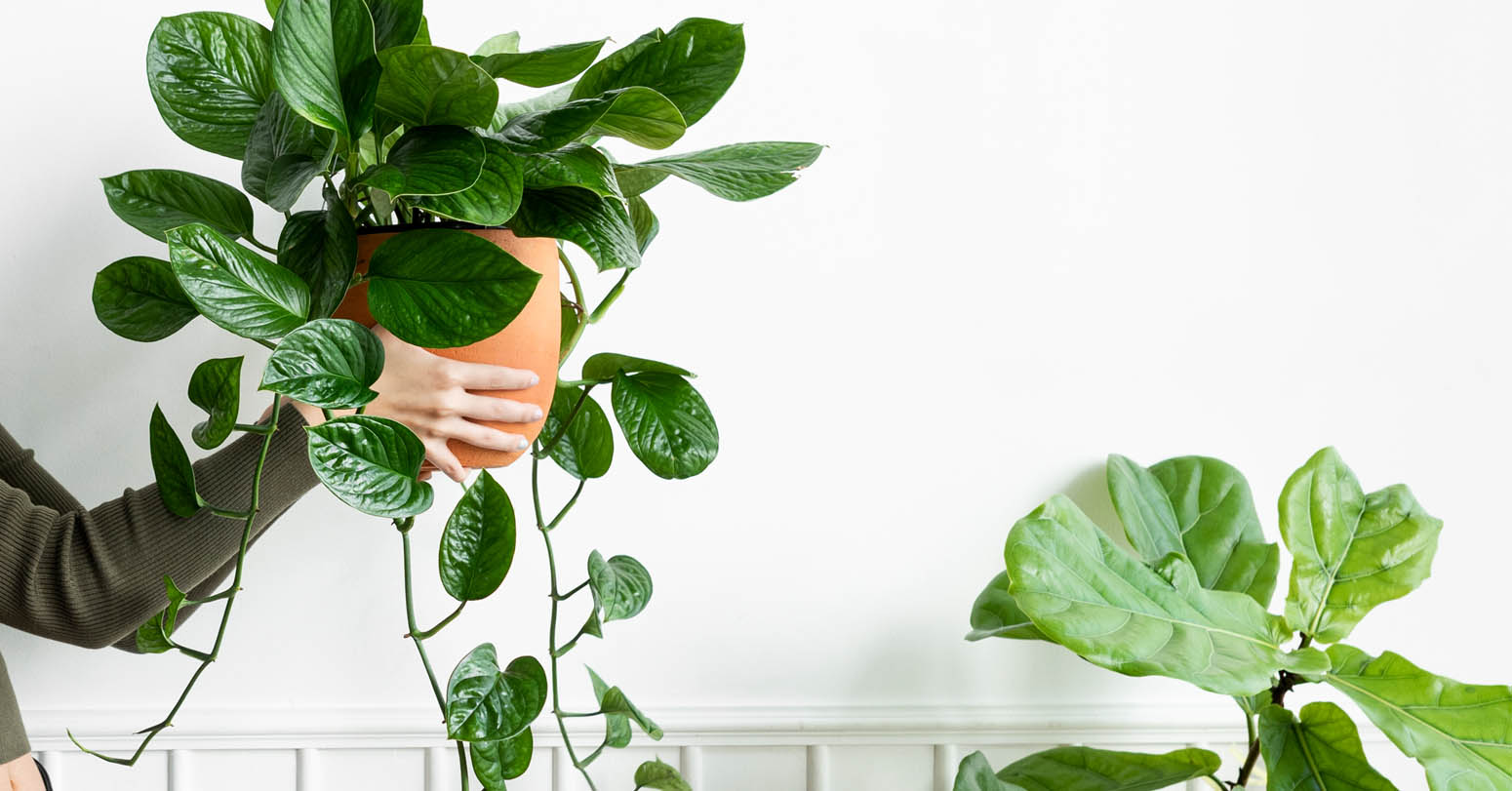

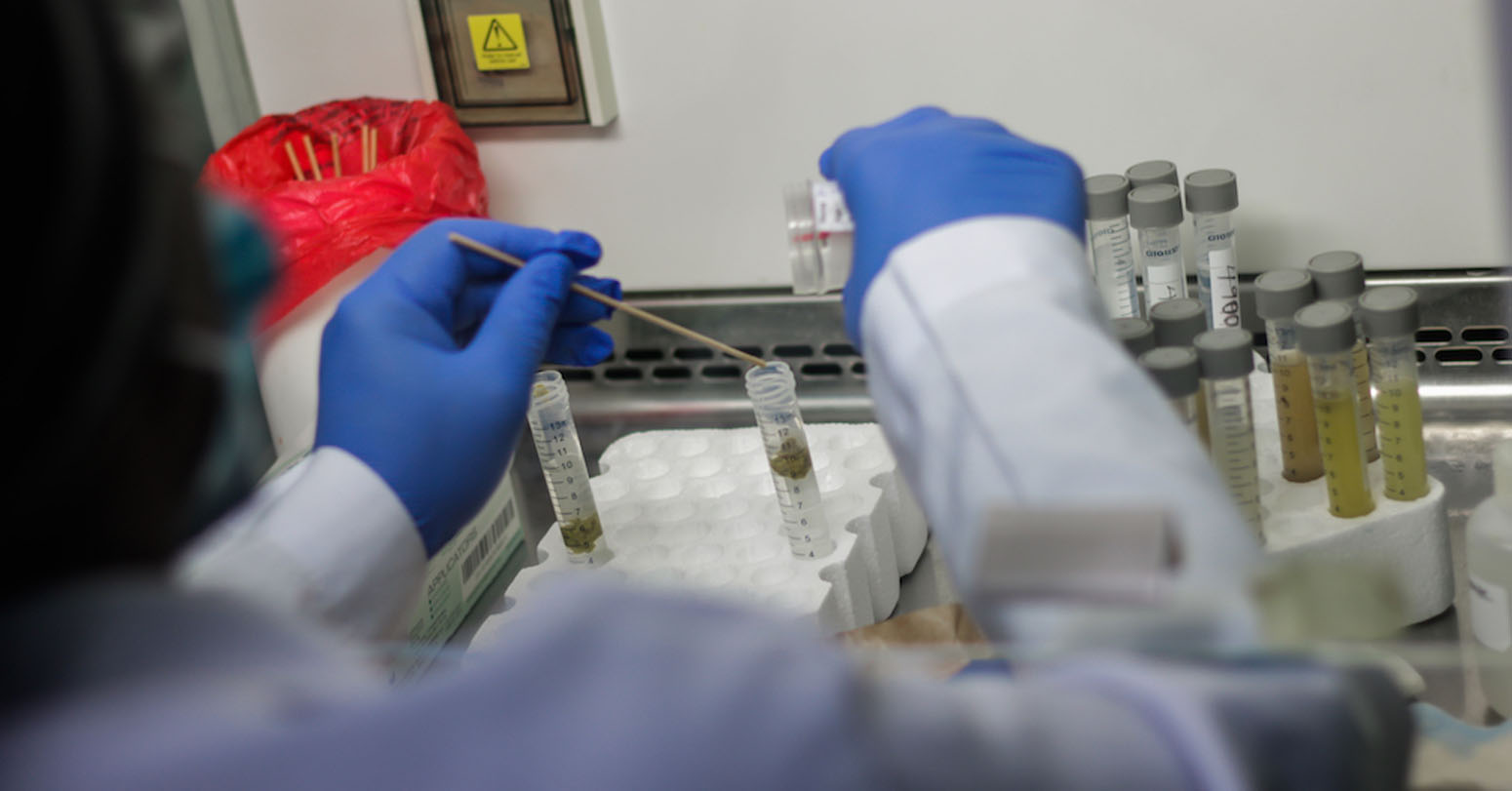


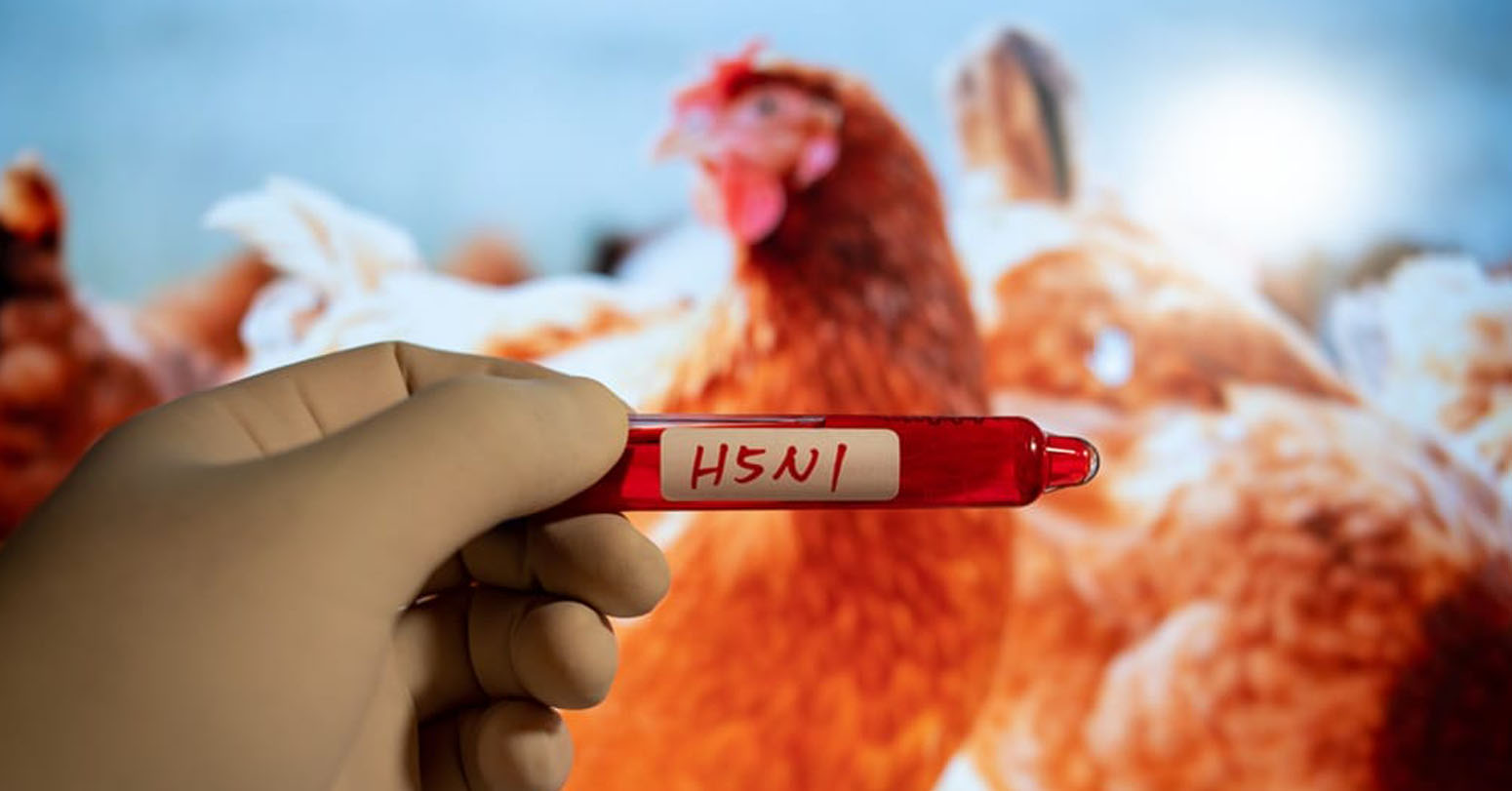

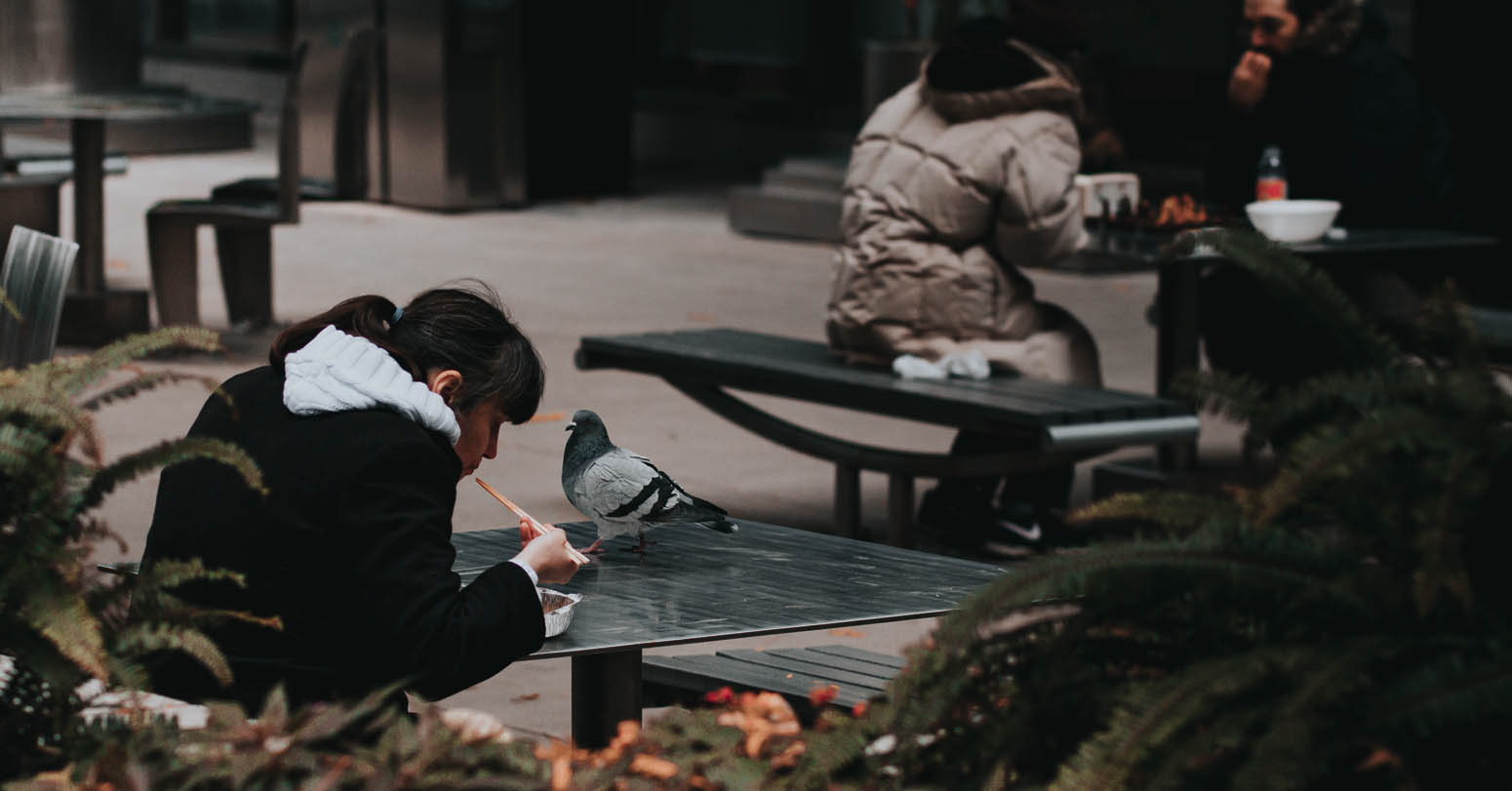



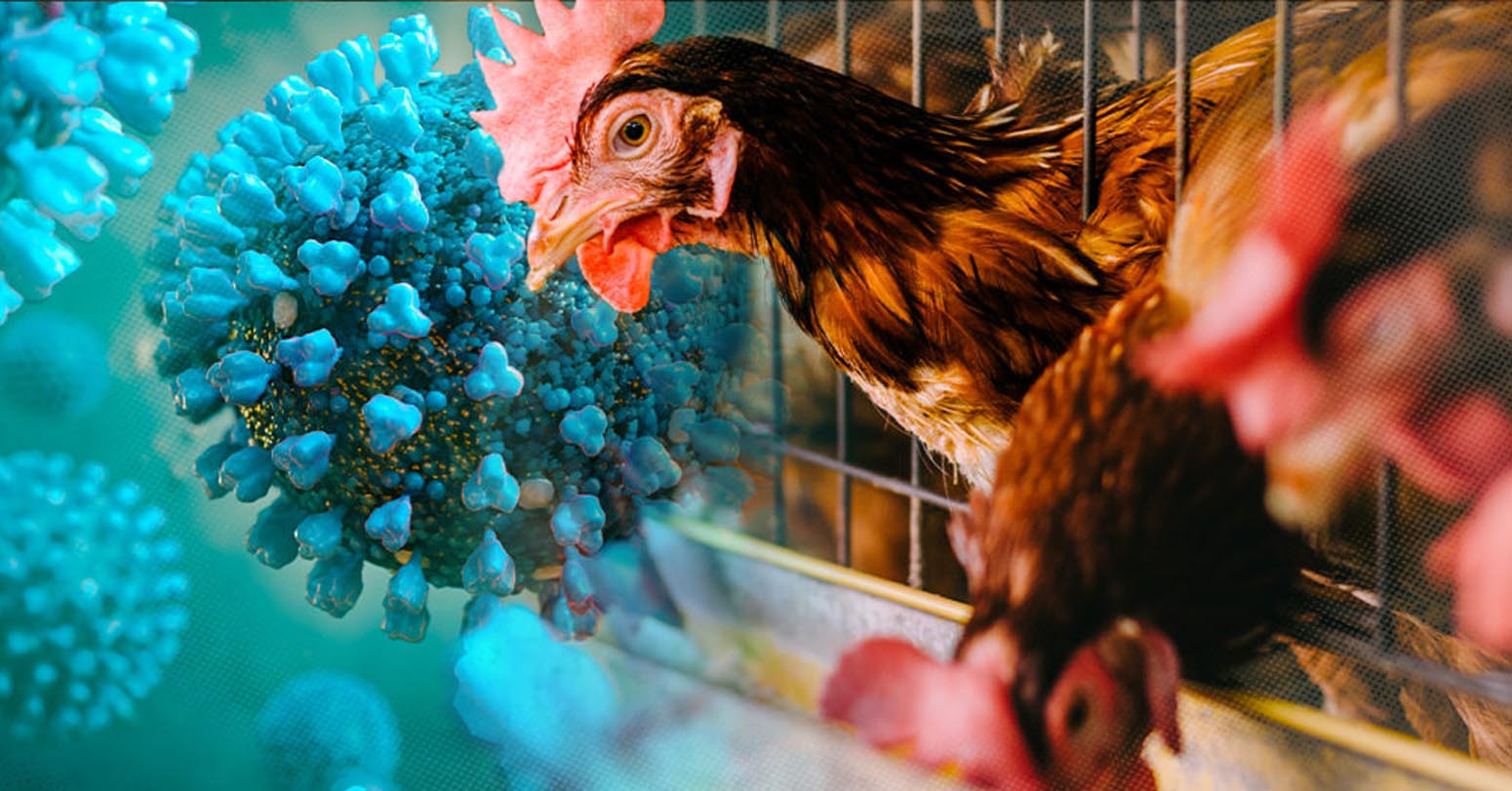
Comprehensive Data Protection Law Critically
Gender Differences In Mental Healthcare
Messi Wins Best FIFA Men’s
Erosion of Democracy
Fly Dubai Catches Fire in
“Complexities of the South Asian